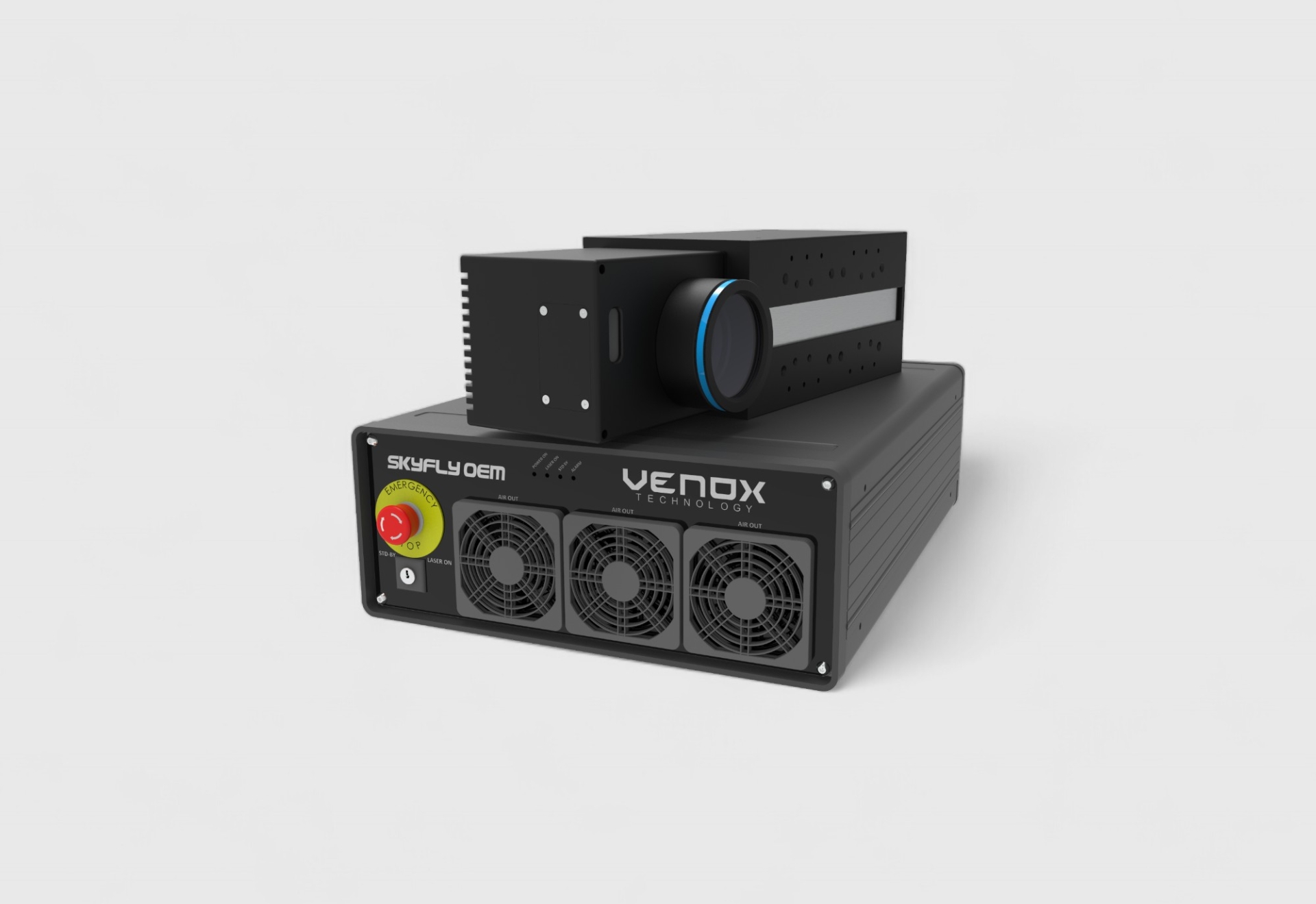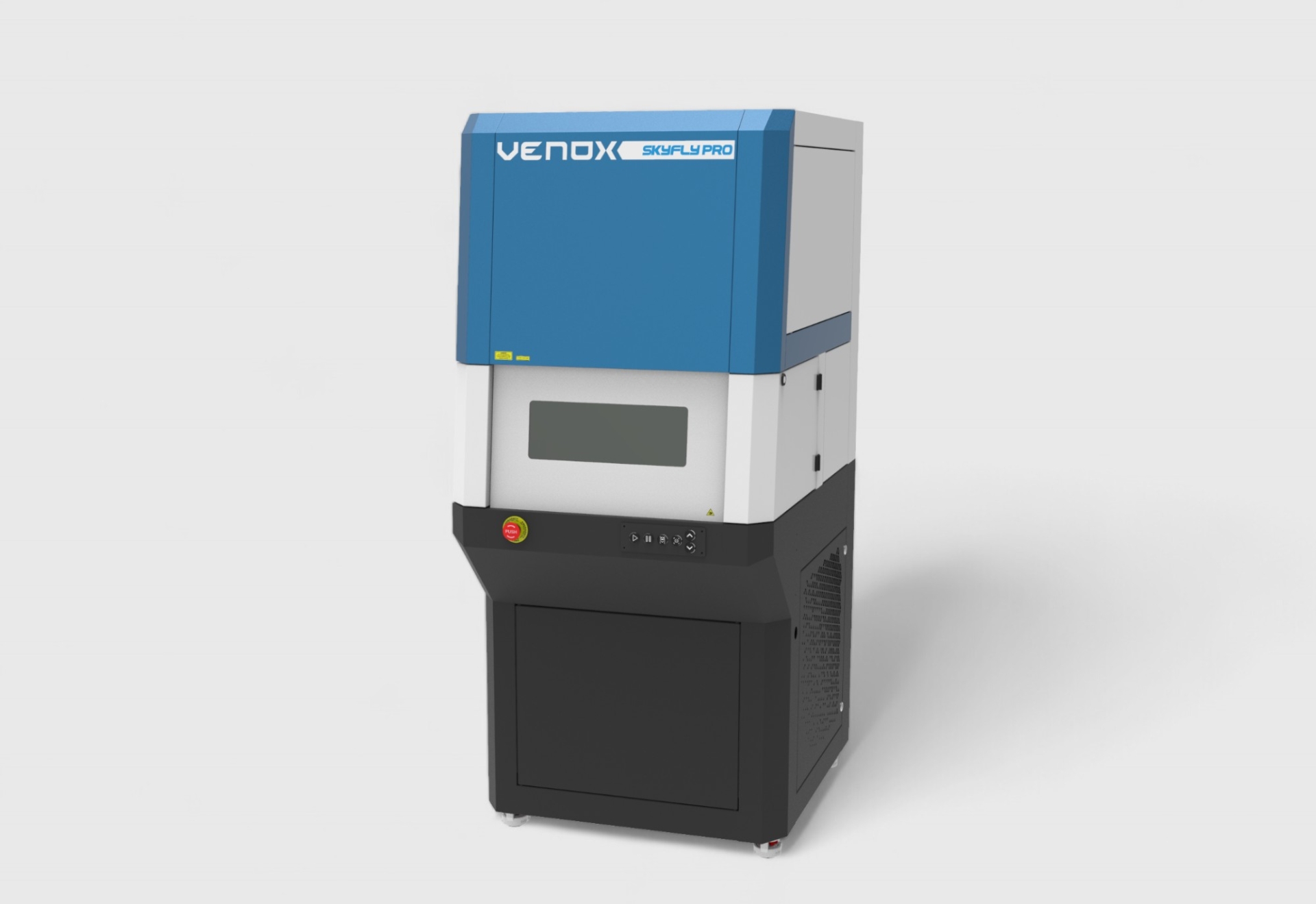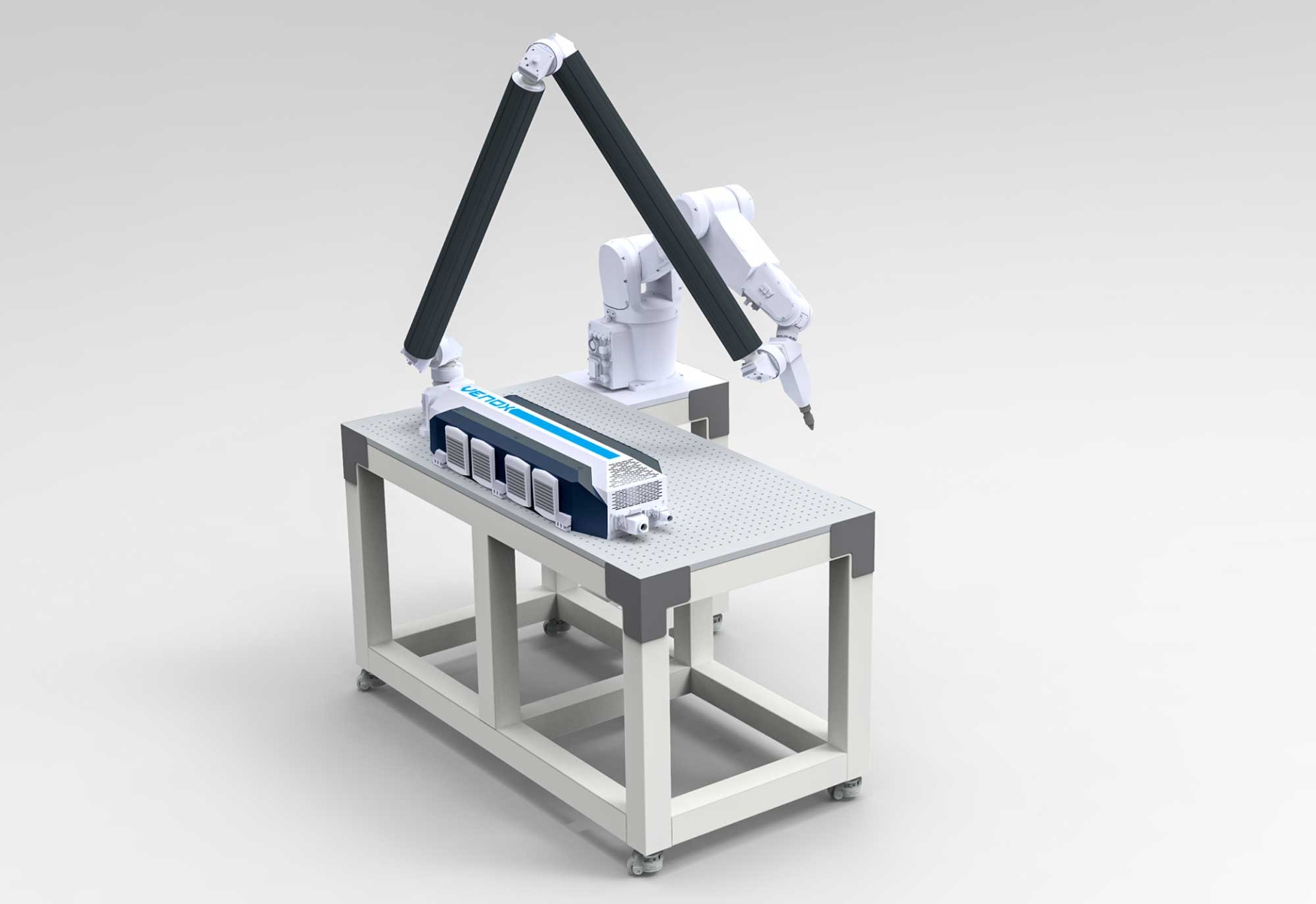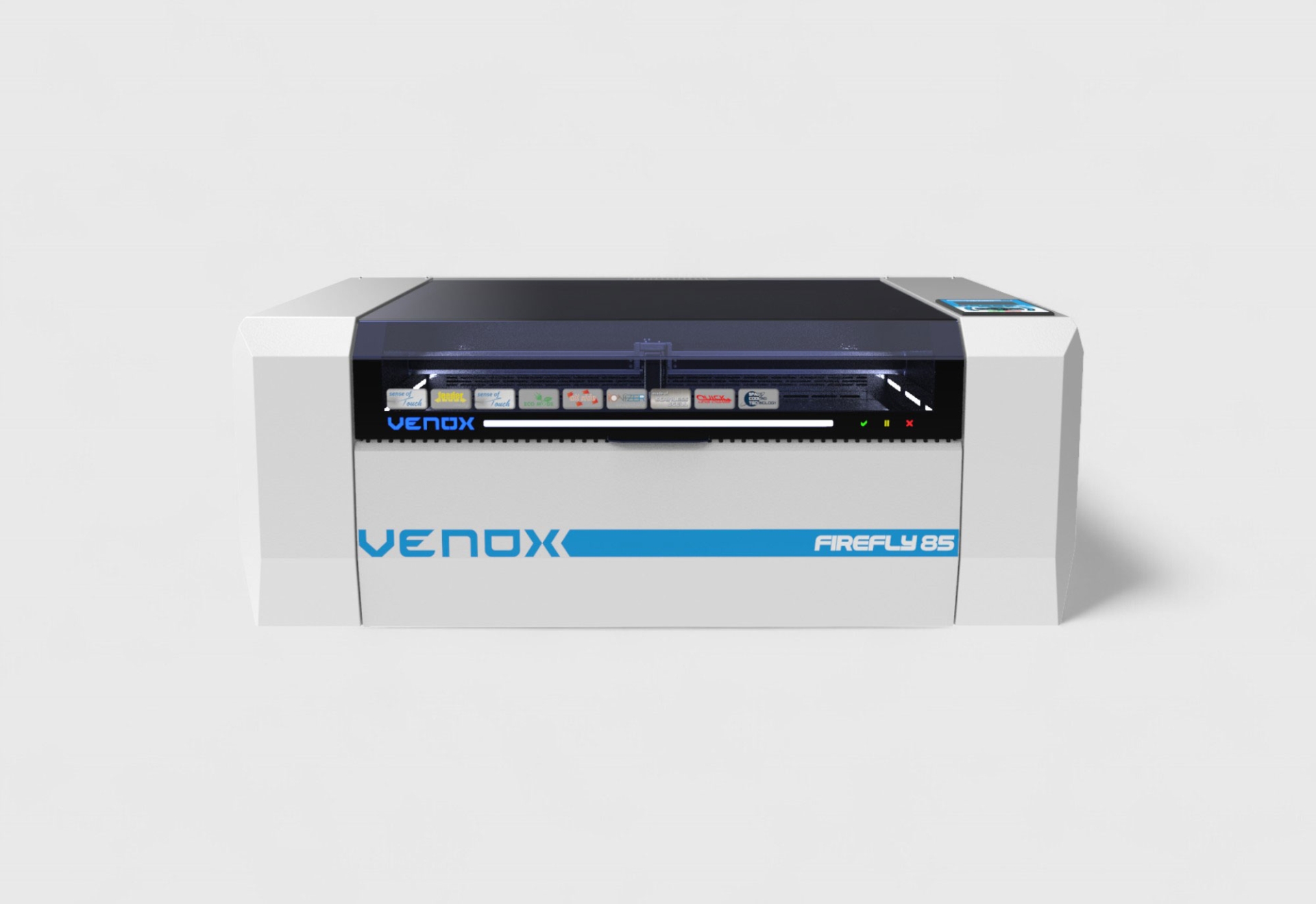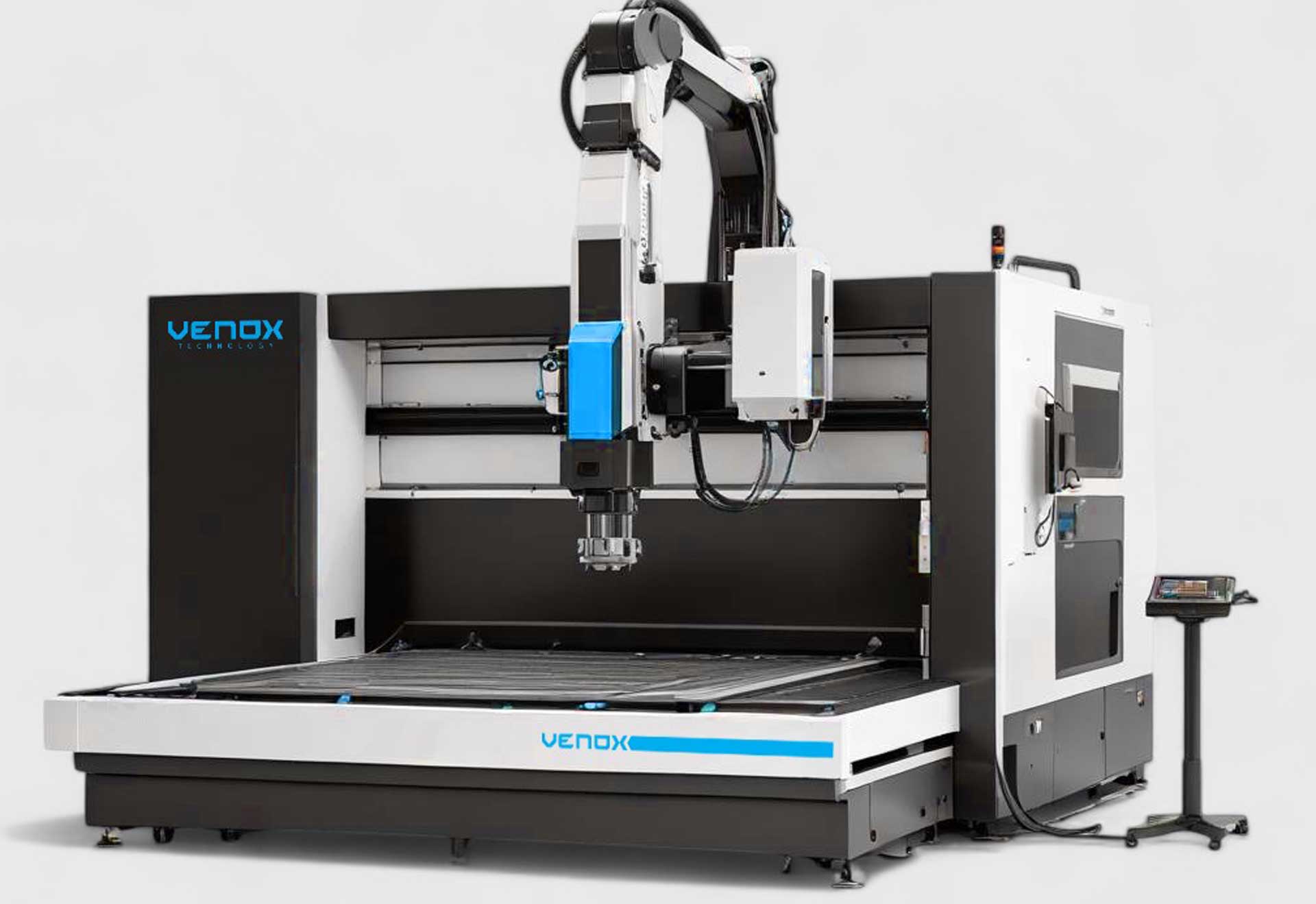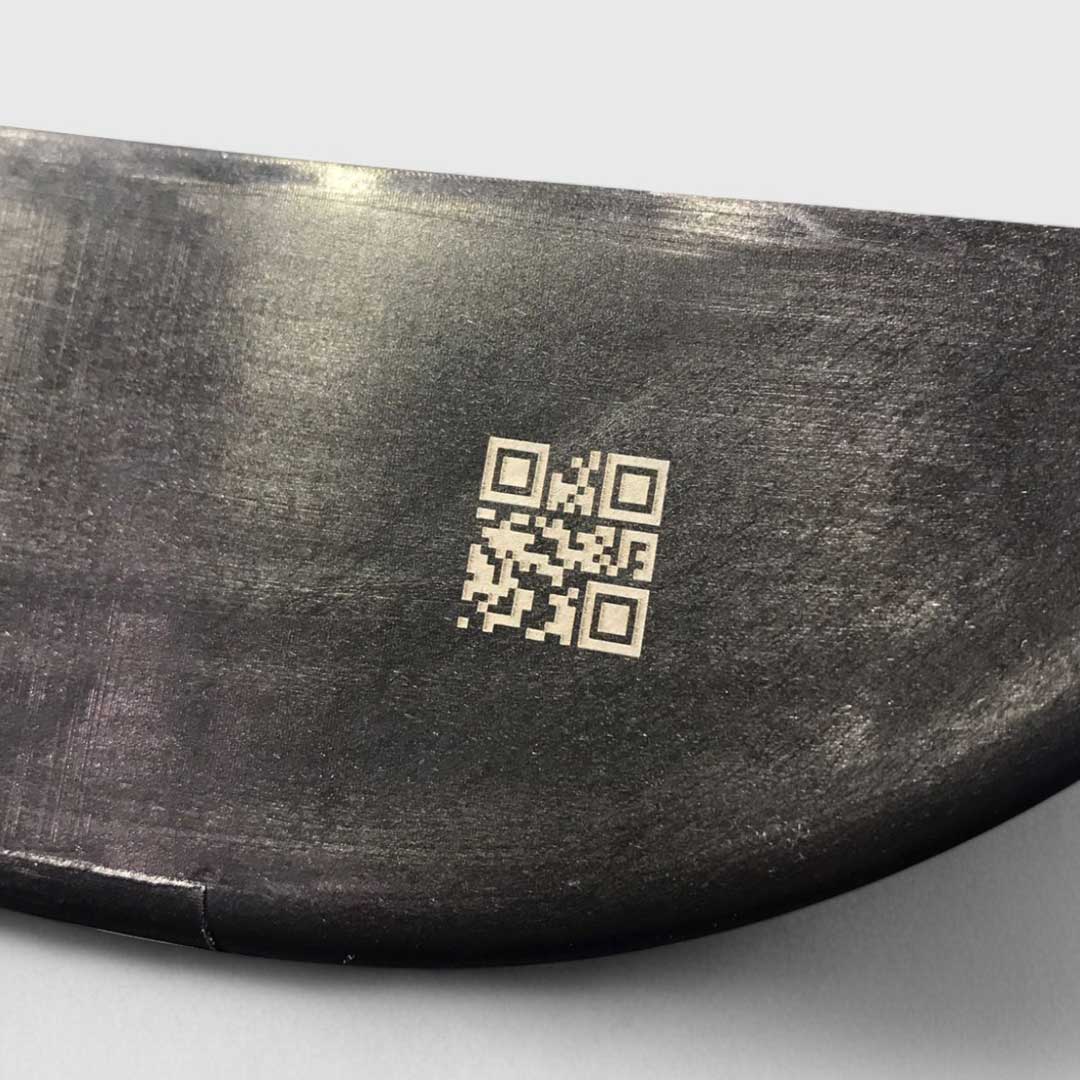Epoxy Laser Ablation: Precise and Permanent Surface Processing Technology for Durable Coatings
What Is Epoxy Laser Ablation?
Epoxy laser ablation is the process of selectively removing the epoxy paint and coating layer on metal or plastic surfaces using laser energy. This technology enables high-precision and permanent marking without the need for mechanical methods such as solvents or sanding. It is widely used in industries where industrial durability is critical, especially automotive, electronics, defense, and machinery.
Why Use a Laser on Epoxy Coatings?
Epoxy coatings are preferred for their chemical resistance, mechanical hardness, and corrosion resistance. However, machining this hard layer is difficult. Laser technology overcomes these challenges by removing only the desired area at the micron level. In this way, the surface remains undamaged and a sharp, high-contrast pattern is achieved.
Laser Types Used
- Fiber Laser (1064 nm): The most efficient solution for epoxy layers on metal substrates. Its high power density vaporizes the coating in a controlled manner.
- UV Laser (355 nm): Suitable for heat-sensitive epoxies. Low thermal impact prevents edge darkening or substrate deformation.
- CO₂ Laser (10.6 μm): Provides large-area ablation for epoxy coatings used on plastic or composite surfaces.
Advantages of Epoxy Laser Ablation
- No chemicals: No need for solvents or abrasives; environmentally friendly.
- High accuracy: Micron-level controlled ablation; delivers clean results even on tight-tolerance surfaces.
- Surface integrity preserved: The base material is not damaged.
- High speed: Processing speeds up to 7000 mm/s with galvo scan heads.
- Automation-ready: Can be directly integrated into the production line with Venox laser marking systems.
Processing Approaches by Epoxy Coating Type
- Thin-Film Epoxy (20–50 µm): Can be removed in a single pass; use UV laser for low thermal impact.
- Medium Thickness (60–120 µm): Prefer multi-pass strategy and fiber laser.
- Thick Coating (150 µm and above): High-power fiber or CO₂ laser; layer-by-layer ablation strategy.
Applications
- Automotive: Removing epoxy paint and marking on engine blocks, valve covers, and body parts.
- Electronics: Coding on circuit boards, connectors, and sensors coated with epoxy resin.
- Machinery Manufacturing: Laser logo creation on coated label areas and metal panels of industrial equipment.
- Medical: Clean ablation on medical devices with epoxy-based insulation or protective layers.
- Aerospace: High-precision ablation on protected titanium and aluminum surfaces.
Epoxy Laser Ablation Process
- Surface analysis: Determine coating thickness, pigment type, and substrate material.
- Laser parameter selection: Optimize power (W), speed (mm/s), pulse frequency (kHz), and pulse duration (ns).
- Focus and lens selection: 110×110 mm lens for small details; 200–300 mm lenses for larger areas.
- Multi-pass strategy: On thick layers, increase energy progressively to maintain surface smoothness.
- Filtration and extraction system: Capture particles generated during ablation using HEPA and activated carbon filters.
- Quality control: Validate contrast via vision camera or spectrophotometric measurement.
Technical Parameters (Sample Values)
- Fiber laser: 20–50 W power, 500–1500 mm/s speed, 20–200 kHz frequency range.
- UV laser: 3–10 W power, 100–500 mm/s speed, 30–100 kHz frequency range.
- Focal distance: 180–300 mm; an automatic focus system with ±2 mm tolerance is recommended depending on material type.
Surface Quality and Visual Outcome
The color contrast and roughness (Ra value) of the surface after laser ablation vary according to parameter settings. Processing with low pulse energy produces a more homogeneous surface. For deep ablation, a high-pulse-energy fiber laser should be preferred.
Quality Measurement and Validation
- Contrast measurement: A difference of L ≥ 40 on the CIE L*a*b* scale is recommended.
- Surface roughness: Ra ≤ 2 µm (for optical-quality surfaces).
- Code readability: Target Class A or B per ISO/IEC 15415/15416 standards.
Automation and Integration
Venox laser marking machines can work fully integrated with PLC, SCADA, and ERP systems. Thus, product codes, lot numbers, or dynamic production data are automatically incorporated into the marking process. In inline integration, encoder synchronization and a camera verification system can be used.
Maintenance and Safety
- Optics cleaning: Regular inspection of the lens and protective window preserves contrast quality.
- Filtration system: Capture epoxy vapors with an activated carbon filter.
- Operator safety: Use wavelength-appropriate eyewear and laser safety enclosures.
Epoxy Laser Ablation or Paint Laser Ablation?
While paint laser ablation is applied to paint-coated surfaces, epoxy laser ablation is used on harder coatings that provide industrial protection. Epoxy is more resistant to abrasives and heat, therefore the process requires higher energy. However, the result is a longer-lasting marking that resists mechanical effects.
Conclusion
Epoxy laser ablation is an ideal solution for all industrial applications that require high durability, an aesthetic appearance, and permanent marking. Venox’s advanced laser systems deliver maximum contrast and excellent surface quality even on these demanding coatings. This allows manufacturers to move beyond chemical and mechanical abrasion methods and transition to a more efficient, eco-friendly, and modern production process.
